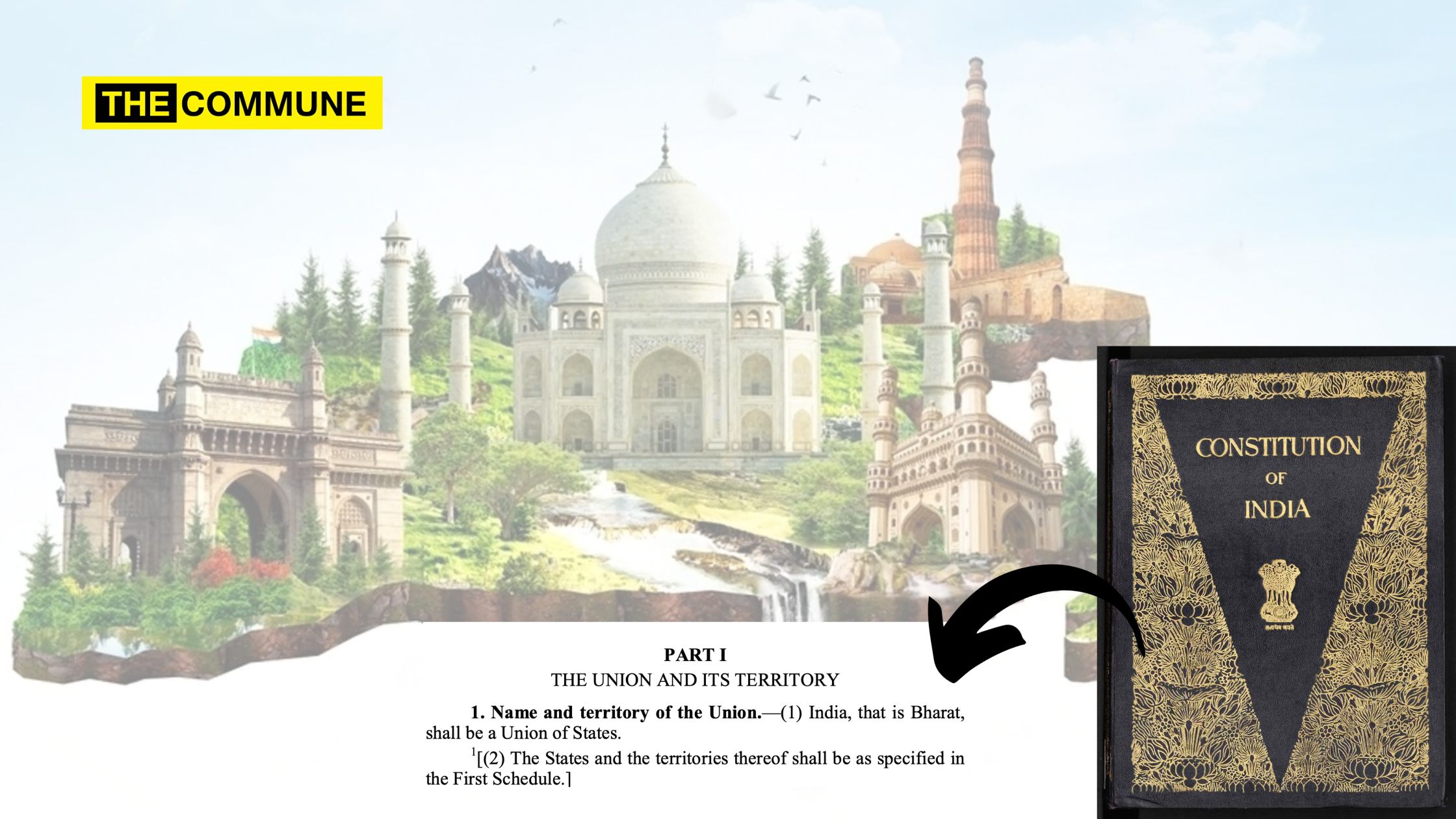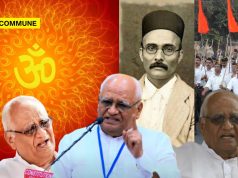
In a philosophical journey spanning centuries, we ponder over a question that humankind has asked itself throughout its recorded oral and written history – the significance of a life event called Death and, by extension, the rituals for it, the monuments we build to those that we have lost, the continuing memory and impact that such monuments have, on society at large.
The Dead And Their Mausoleums
In the Indian architectural landscape, there is an abundance of Islamic monuments of fairly elaborate design and large size versus the lack of such monuments in both number and size for the native Hindu religion and culture. This casual observation highlights the differences in cultural and religious thought on ‘Death’ between the native Indic faiths and the Abrahamic faiths of Islam and Christianity. To people of Hinduism and other Indic faiths, death is not a dark, desolate place of no return. The soul takes on a different life and continues its onward journey based on the principles of karma and re-birth till it reaches its ultimate destination – a merging or union with the Divine, the source of Creation, the Universal Consciousness, and the all-encompassing Truth. Hindu kings and those of other Indic faiths (Buddhist, Sikh, Jain, etc.) were not obsessed with building monuments of death and remembrances for themselves because they understood they would either be reborn or would attain moksha/ nirvana by merging back into Creation.
On the other hand, both the Abrahamic religions of Christianity and Islam obsess over the finality and gloom of death as an event that brings a total, non-negotiable end to the only birth or life a soul and body would ever know, with no further chance for experiencing their loved ones on Earth or setting right their wrongs and regrets. There is an imagined heaven or hell for the body and soul, based on the deeds of a person in the only life they would ever know. This solemn, grim concept of death and its stark and irretrievable finality makes them obsessed with the idea of mortality and yearning to “live” beyond death if possible. One way to extend the memories or legacy of a once-lived life is by erecting memorials as a reminder for future generations.
The Sheer Distinction
The stark contrast between the abundance of Islamic monuments commemorating death and the scarcity of those representing the indigenous faiths, which the majority of this nation once practiced, serves as a poignant reminder of a history marred by the appropriation of conquered riches and resources by victorious invaders. This history also bears the painful testament to the coerced conversion of native people to a foreign religion with differing moral principles, the subjugation of those who resisted religious conversion, and enduring significant economic hardship. Moreover, it carries the collective and somber memory of countless battles lost over the past millennium. All of these unfortunate events could have been potentially averted through the establishment of a strong regional religious and cultural unity –
A united, cross-national indigenous identity rooted in a common history, shared religious beliefs, moral values, and cultural traditions, historically known as Bharat, before the periods of Islamic and Christian conquests and looting.
There are gigantic, space-occupying tombs of Mughal kings and monuments for their loved ones too, including one of the cruelest Muslim rulers of India, Aurangzeb, yet memorials or “samadhis” of great, brave, visionary native Indian emperors like the Chola kings, the Mauryas, the Guptas or kings of the stature of Rana Prathap Singh, Privithiraj Chauhan, Chhatrapati Shivaji, and various Buddhist, Sikh, Jain, Tribal military and spiritual leaders are either non-existent, small and insignificant or forgotten and in dire need of upkeep and maintenance! Even after the dominance of Muslim and Christian (mainly British) rule came to an end, a “secular” India chose to grandly display and even pay for the maintenance of monuments built by invaders instead of undertaking to build and maintain monuments dedicated to courageous native leaders. Do “secular Indians” still carry, albeit unconsciously, the shame and stigma of an inferiority complex imprinted on millions of native minds over several generations by successive invaders intending to conquer both the lands and minds of the native inhabitants and erase their culture?
So, How Is This Relevant To A Nation’s Name?
What’s in a name, and does it matter? Is this vast, ancient land of historical, cultural, and internationally renowned philosophical significance Bharat, Hindustan, or India?
The BJP central government’s decision to interchangeably use ‘India’ and ‘Bharat’ at the recently concluded G20 summit has sparked a national conversation about the everyday use of both these names for our nation in casual discussions among its citizens and within literature across all vernacular languages. This debate is further fueled by the reference in the Constitution, which outlines “an India that is also Bharat.” A nation is only as strong as its people’s pride in its history, culture, traditions, and way of life and an honest acknowledgement of its past victories and regrettable losses and mistakes.
‘Bharat’ reflects a dignified and proud acknowledgement of a local, regional, and national ethos coming together in unity, despite the differences in geography, language, beliefs, traditions, customs, and faith. ‘Hindustan’ was a name given to the vast lands of the original Vedic ‘Bharat,’ a diverse fertile geography with a rich tapestry of rivers like the Indus with reference to the Hindu natives, mentioned by Persian and Middle Eastern historians and conquerors, predominantly of the Islamic faith. ‘India’ is a derivative of the Hindu-Sindhu-Indus naming convention used first by the Greeks and later by the other nations of the West. It is a stark reminder of the anglicised ‘Hindustan’ under exploitative Christian British rule. Which of these names reflects the long, rich, original, native history of this land’s indigenous cultural and belief systems while simultaneously infusing renewed pride in a nation that has stood its ground against numerous attempts to change its very ethos and erase its illustrious past?
Excessive use of the name ‘India’ is arguably leading to a slow but steady erosion of the usage of the term ”Bharat’ in casual conversations among the country’s younger generations. Does this reflect our attitude towards the civilisational and cultural pride we take in our nation, our motherland? It’s a good time for a re-think on the subject. It’s a good time to collectively and consciously decide to use ‘Bharat’ and perhaps ‘Hindustan’ in both the written and spoken formats as much as we use ‘India.’
(Shivani is a freelance writer based in Vijayawada)
Subscribe to our channels on Telegram and WhatsApp and get the best stories of the day delivered to you personally.




